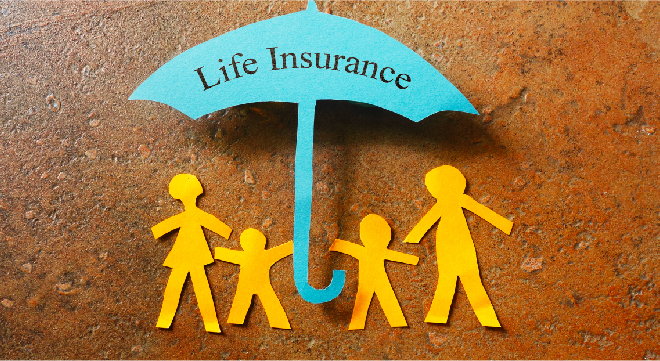The average South African income-earner had a life insurance shortfall of at least R1 million and a disability cover gap of about R1.4m at the end of December 2021, according to the findings of the 2022 Life and Disability Insurance Gap Study released by the Association for Savings and Investment South Africa (Asisa) yesterday.
The study shows that South Africa’s 14.3 million income-earners had enough life and disability insurance to cover only 45% of the total insurance needs of their households. The average household supported by at least one income-earner would, therefore, be forced to cut its living expenses if the earner died or became disabled and no other source of income could be found.
The life and disability insurance gap is estimated every three years by Asisa in partnership with True South Actuaries & Consultants.
The insurance gap is defined as the difference between life and disability insurance cover in place and the actual amount required by households to maintain the same standard of living after the death or permanent disability of an income-earner. The insurance need excludes immediate expenses related to the risk event, such as funeral costs, medical costs, and the cost of adapting a home and a vehicle for the needs of a disabled person.
The study defines “disability” as total and permanent disability; the disabled person is unlikely to return to work.
Impact of higher unemployment
Hennie de Villiers, the deputy chairperson of Asisa’s Life and Risk Board Committee, said the combined insurance need of South African households was about R62.9 trillion at the end of December 2021. With total cover in place of only R28.6 trillion, the total insurance gap was R34.3 trillion. This represents a marginal widening in the gap compared to the 2019 findings of 0.2% a year.
But the main reason for the small widening in the gap between 2018 and 2021 is not one to celebrate. The results are based on the insurance gap of people between 18 and 65 who earn an income, and 1 in 12 income-earners have lost their jobs over the past three years.
In the three years since the last gap study was done, the country’s income-earners declined by 1.3 million people, from 15.6 million at the end of 2018 to 14.3 million at the end of 2021.
Because the gap study calculates the amount of life and disability cover needed to cover a loss of income following the death or disability of an income-earner, a drastic reduction in the number of earners therefore also decreases the insurance need calculation.
Covid highlighted the importance of risk cover
De Villiers said the Covid-19 pandemic highlighted the importance of having risk cover in place like few other events in the history of South Africa. During this period, many life insurers paid the highest number of claims in their history.
According to De Villiers, a total of 1 985 303 death claims was received in the 24 months from 1 April 2020 to 31 March 2022 – this period covered the four Covid waves. Life insurers paid out benefits of R120.5 billion to the beneficiaries who submitted these death claims.
“While these payments undoubtedly assisted to ease the financial burden brought about by such a tragic event, the gap study demonstrates that in many instances the payment would not have been sufficient. Many families probably had to make difficult financial adjustments during a time when they also had to deal with the loss of a loved one.”
In 2021, life insurers noticed an increased uptake of new risk policies by consumers and a drop in the policy lapse rate for the first time in many years, De Villiers said. “But unfortunately, as this study highlights, we are nowhere near closing the life and disability insurance gap.”
According to De Villiers, the 2022 Gap Study shows an average annual growth of 5.5% in life cover over the three years to the end of December 2021, while disability cover increased by 2% a year. Therefore, combined with the effect of losing 1.3 million income-earners, the widening of the insurance gap was small, he said.
De Villiers pointed out that although the widening of the insurance gap was marginal, the actual gap remains significant and means that many families will face severe financial hardship if their main breadwinner dies or becomes disabled.
According to actuarial statistics, more than 500 families, young and old, are likely to suffer a death or disability event on any given day this year.
WS Nel, actuarial research lead at True South Actuaries and Consultants, said that using the Actuarial Society of South Africa’s models, it is estimated that in 2022 more than 142 000 income-earners will die and about 47 000 income-earners will become disabled.
Read: How much more income-earners must spend to close the insurance gap




Hope you assist, I have RE5, want to do my qualification, please assist do I start with NQF 4
Good day
Thank you for your enquiry. I have sent it to Moonstone Business School of Excellence.